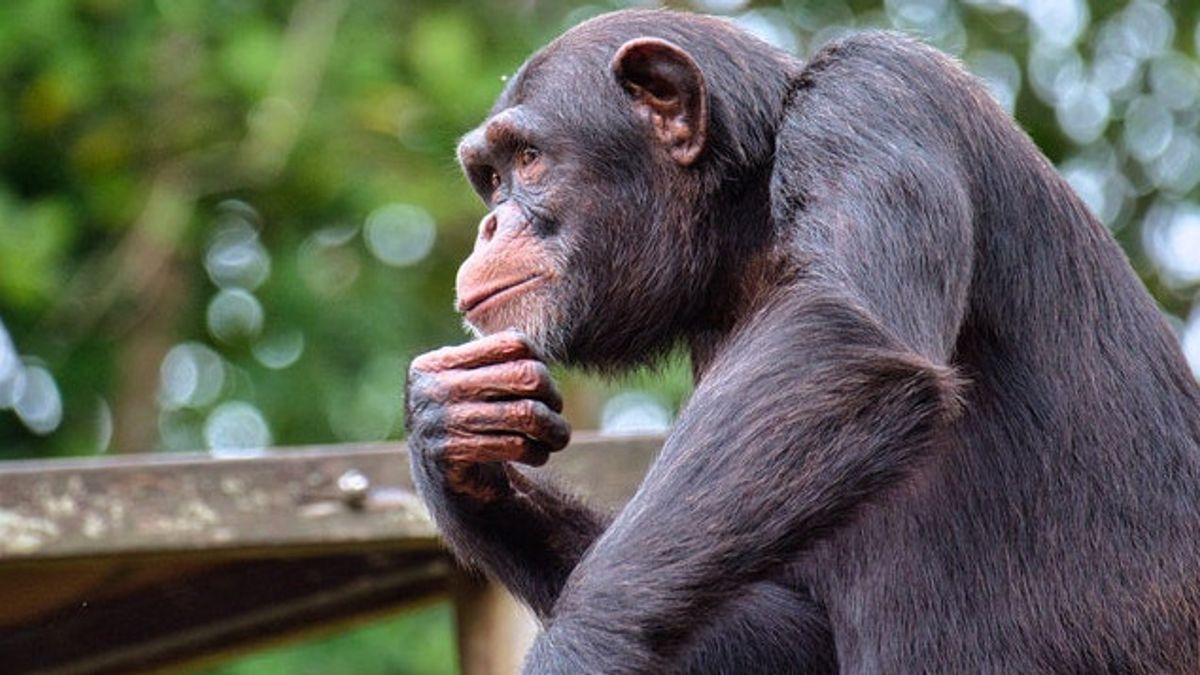JAKARTA - Gorillas and chimpanzees are two types of primates that are often considered as "distant relatives" of humans. It is said so because almost 97-98 percent of gorilla and chimpanzee DNA is identical to human DNA.
Although they have almost the same genetic material, a study conducted at Yale University in the United States found that the significant difference between the two primates lies in the part of the brain.
University researchers formulate that several parts of the human brain contain patterns of human gene activity that contribute to cognitive abilities. This is what primates lack even though almost all regions of the human brain have molecular characteristics that closely resemble those of chimpanzees and gorillas.

"The human brain is three times larger, has more cells and therefore processes more energy than chimpanzees and monkeys," said Andre MM Sousa, a postdoctoral researcher from the laboratory of neuroscientist Nenad Sestan.
"But there are also small differences between the species, namely how individual cells function and form connections," added the man who was the lead author of the study.
The brain region that distinguishes humans and primates is in the striatum, an area closely related to movement. Differences were also found in the cerebellum region. In addition, the researchers also found a gene called ZP2 which is only active in the human cerebellum.

Sousa and Ying Zou, vice chair of the research also focused on the TH gene that functions to produce the hormone dopamine. Both found that TH was present in the brain cortex and striatum of humans but not in chimpanzees.
"It is very likely that this TH gene was once present in primates, but has disappeared and reappeared in the human lineage," said Sousa.

Finally, in this study also found the MET gene in humans is higher in expression compared to gorillas and chimpanzees. This gene is closely related to the cause of the autism spectrum.
For physical characteristics, gorillas and chimpanzees have similarities in the size of the arms that are longer than the legs. The bodies of these two primates are also hairy, except for the fingers, face, armpits, palms and feet.
In addition, Chimpanzees can walk upright on two legs when carrying things with both hands. While the Gorilla walks on both feet with the help of both hands and fists. This forms a movement called knuckle-walking.
The English, Chinese, Japanese, Arabic, and French versions are automatically generated by the AI. So there may still be inaccuracies in translating, please always see Indonesian as our main language. (system supported by DigitalSiber.id)













